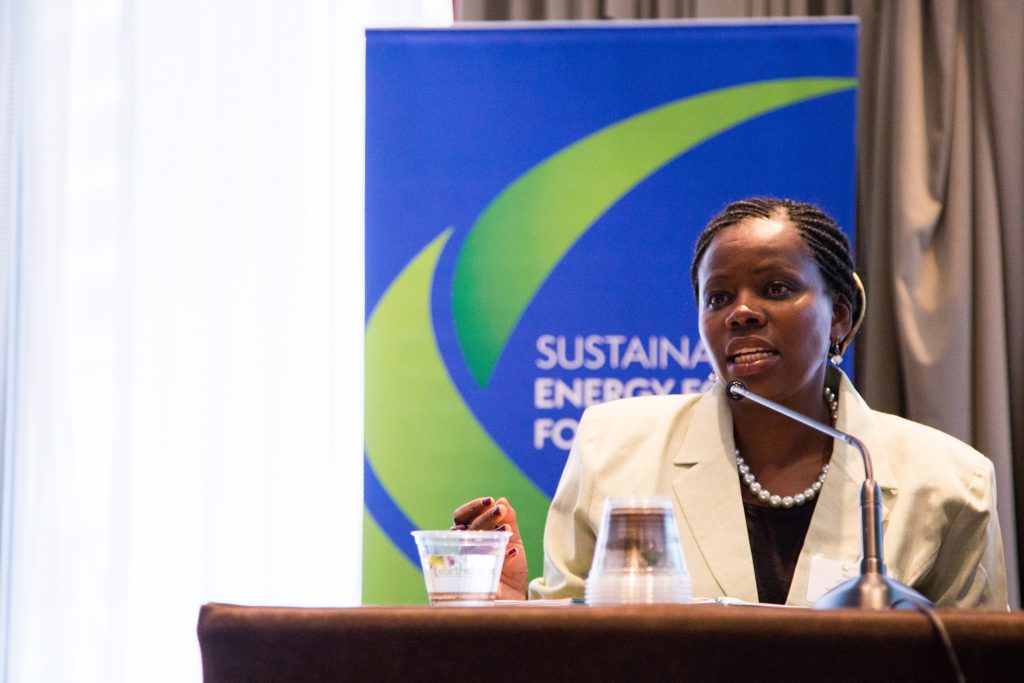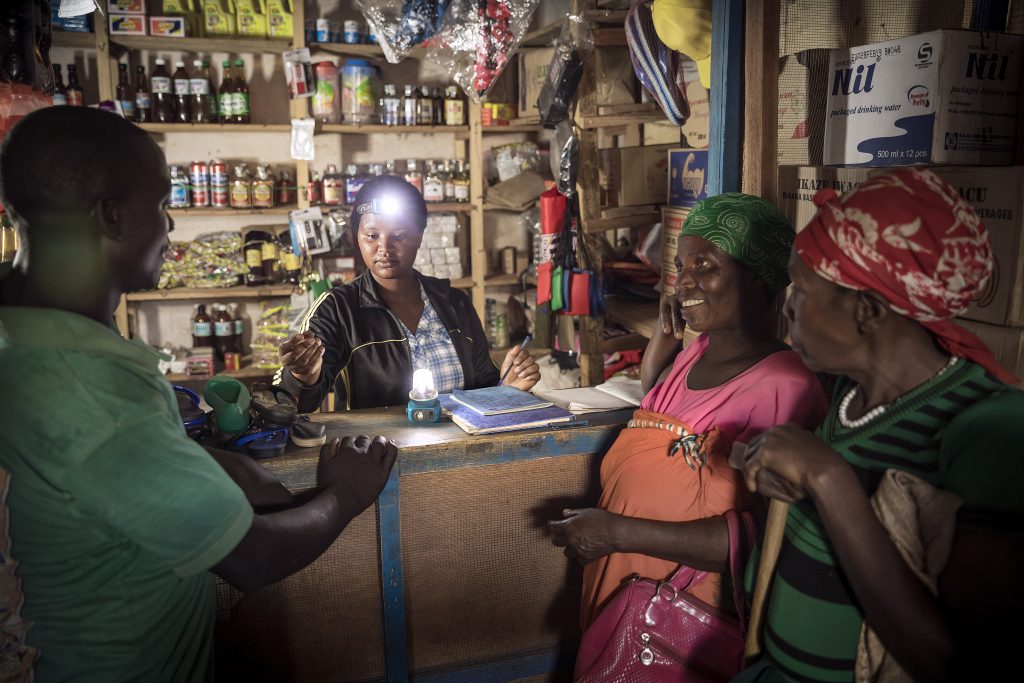Phase Five: 2012-2017
Building evidence: Using research and implementation on the ground
-
Integration of gender into SEforALL initiative
ENERGIA provided guidance to the Global Facilitation Team (GFT) of the SEforALL initiative on how to integrate gender in SEforALL activities and decision making processes via direct engagement with the GTF in face-to-face meetings and the review of policy and program documents.

-
Collaborating to achieve the Sustainable Development Goals
Gender mainstreaming turned out to play a significant role in scaling up energy projects and creating an enabling environment for women to achieve their potential at all levels. ENERGIA’s collaboration with institutions, international agencies and governments offered the opportunity to highlight how gender norms and gender-blind actions represent a barrier to achieving the newly launched Sustainable Development Goals (SDGs).
-
Participating in high-level energy policy discussions
Bringing a gender perspective to the energy sector required strong collaboration with like-minded partners and participation in national, regional and international meetings. ENERGIA identified actions, activities, messages and strategies to accelerate progress towards building a more equal energy sector and participated in a number of events to advocate for a more gender-sensitive energy sector.

-
Power in collaboration: Advancing progress with partnerships
ENERGIA has always believed that a multi-pronged, multi-sectoral, collaborative and integrated approach that combines different actions at different levels (international, national, community, household, individual) is needed to accelerate coordinated action across the energy sector.
-
Prioritizing awareness raising and engaging with different actors to scale up action
Awareness raising continued to be an essential and cross-cutting strategy in all advocacy activities that aimed to drive political or behavioural change. Yet, policy- and decision-makers, as well as stakeholders, did not take into account the different energy needs of women and men, and this resulted in unequal and gender-blind policies, projects and programs.
-
Strengthening our evidence base
The universally-agreed Sustainable Development Goals (SDGs), adopted in 2015 by heads of state and government at a special UN summit, recognized the centrality of energy to tackle persistent global challenges and keep up the momentum of incorporating gender in the energy sector. Also known as the Global Goals, the SDGs were a call “to end poverty, protect the planet, and ensure that by 2030 all people enjoy peace and prosperity”. At the time, the continuing lack of sex-disaggregated data enhanced bias in energy policies, programs and projects and limited the advancement of the Global Goals.

Follow us on: